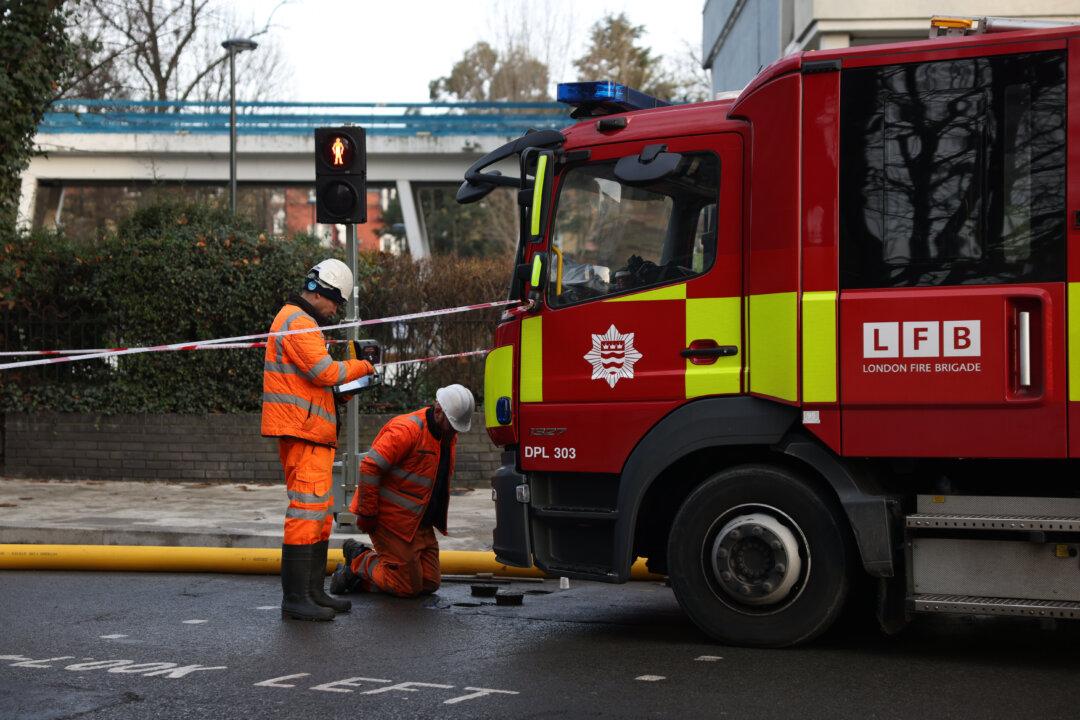Children’s physical activity levels have fallen following the COVID-19 lockdowns, and have not returned to pre‑pandemic levels despite the easing of restrictions, a new UK study has found.
The level of children’s physical activity fell below national guidelines in the wake of the CCP (Chinese Communist Party) pandemic, researchers from the University of Bristol said.





